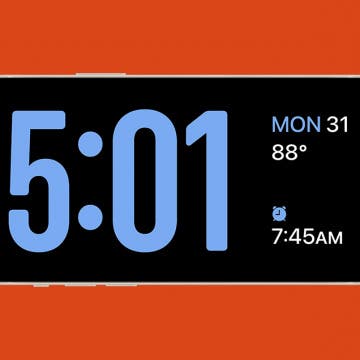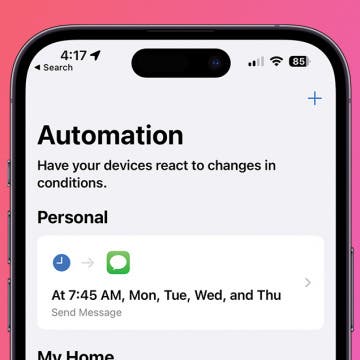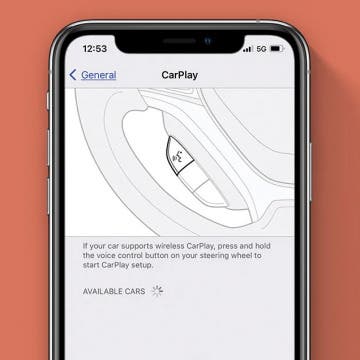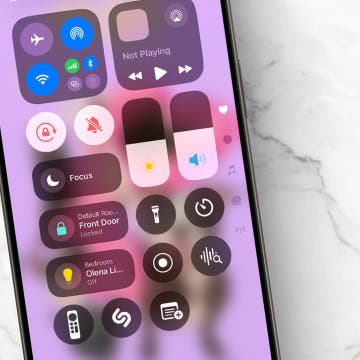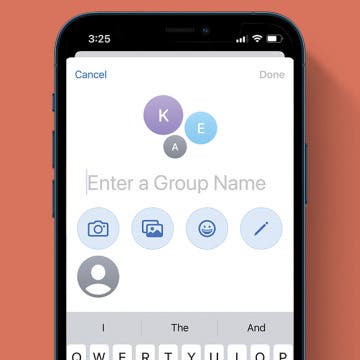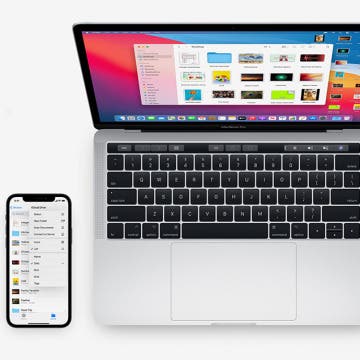
Unless you’ve been living under a rock, you will have by now heard the term 5G. You may have seen in the news that some conspiracy theorists thought it was spreading COVID-19, or perhaps you’ve heard of it in the context of Apple’s new iPhone 12 series with 5G capability. Apple sure made a big deal of 5G, but why? Everybody is happier with faster downloads, but there is much more to 5G than just that.
Jump to:
- 5G Versus 4G: First Steps
- 5G Speeds: Low, Medium, and Sometimes Even High Bands
- 5G Availability?
- Is 5G Safe?
- The Smart Future: A New Digital Frontier
Simply put, 5G is the next generation of internet and voice technology for cellphones. Every few years as technology evolves, a new standard is required. The main pressures driving the need for this are increasing demands for high-speed data and the rapidly increasing number of connected devices. 5G promises to address those two needs: faster connections with better video communication and more connected devices, including cars, thermostats, and much more.
5G Versus 4G: First Steps
5G isn’t an acronym, but the name of a technical standard—a sort of technology treaty. The standard establishes what portion of the radio bandwidth the technology will utilize and settles important decisions about how the technology must work in order for the networks to all talk to each other.

5G’s first promise is speed, but how much faster is it? Tom’s Guide did a simple speed comparison between 4G and 5G networks and found that, advertising hyperbole aside, data download speeds on Sprint, AT&T, and T-Mobile 5G networks were roughly double what they were on 4G (~70 megabits per second as opposed to ~35 Mbps). Verizon’s 5G network performed much better, delivering an average of almost fourteen times the 4G transfer speeds.
So 5G already delivers its speed increase, but these are average transfer speeds with current technology. The real benefit can't be captured by so simple a comparison. Though all 5G should be faster than 4G, how much faster will vary significantly depending on where you are. This is in part because 5G greatly expands the range of radio frequencies that a device might use to communicate. For consumers to make the best use of this and avoid frustrations, we'll need to understand a little of what the expanded radio range means.
5G Speeds: Low, Medium & Sometimes Even High Bands
All cellphones use radio waves to communicate, just like FM radio and your local Wi-Fi. FM radio broadcasts at the low end of the spectrum, then up from that comes cellphones, Wi-Fi, then satellite TV. The higher frequencies can carry more data—providing higher speeds—but over shorter distances and with a harder time penetrating walls or other cover. For example, satellite TV is broadcast in the 10 GHz range, and it can transmit a tremendous amount of data very quickly—hundreds of channels of television—but the broadcast cannot penetrate the walls of your house, so you have to install a dish antenna outside your walls. Wi-Fi, which is a little lower on the spectrum, can get through walls a little better and carries less data. 3G and 4G cellphones typically transmit all the way down in the 800–2,300 MHz range depending on their carrier network. At this range, buildings and walls aren’t a big barrier.
5G devices can communicate using frequencies from 600 MHz all the way up to 39 GHz—a massive increase in total range! Though this range is vast, no device uses the whole range at once. Instead, they use whatever band is available in the area: according to the legal requirements of the region and the technical implementation of the carrier. To simplify the matter, 5G is divided into three ranges, called high, medium, and low.
Low band 5G, indicated on your iPhone 12 or later by the simple 5G symbol at the top right, works in the same ranges as older cell service standards. The low band has the main advantage that it can communicate at the greatest distance from the cell tower, meaning that it can provide a base-level coverage in rural areas. Low band 5G is still likely to be better than existing 3G or 4G in those regions, because the new standard requires upgraded transmission technologies. Low band 5G is already available in many cities as of this writing in December 2020.
Medium band 5G, which Apple indicates with the 5G+ symbol, has a range of a few miles from the cell tower, which means it will be available in towns and cities. Venturebeats reports that download speeds for mid-range 5G varied wildly from 100 up to 900 Mbps depending on where you live. This mid-range band is very roughly the same portion of the radio spectrum used by Wi-Fi.
The very high download speeds of 4 Gbps that Apple promises are found only when using high band 5G, and only in optimal circumstances. Think of a satellite dish with a clear view of the sky. High band 5G is also very short range—with waves reaching less than a mile from the cell tower. With such short ranges and such strong interference from buildings, the towers for high band 5G are only likely to be found near places like sporting arenas and convention centers. Even in places where high band 5G exists, the signal strength will vary depending on where you stand in a building. That said, it is incredibly fast, with real world tests confirming that it can reach speeds comparable to home broadband.
As carriers roll out new towers, the quality of 5G will improve. As it stands ,right now it is likely (but not guaranteed) to be faster than 4G even in rural areas, so the upgrade will be worthwhile just as soon as 5G becomes available.
5G Availability?
Even though 5G low band uses the same frequencies as 3G and 4G, existing cell towers have to be upgraded or replaced to support 5G. Replacing the sophisticated antennas used for existing cell signals with ones that offer 5G connectivity is a big job that has to be done by each cell carrier. Low band comes first, as you would expect, since it’s got the longest range and so requires the least amount of work to roll out. Indeed, it is already available in many cities throughout the world. The patchwork of different low, medium, and high band 5G has to be implemented by every cell carrier service separately. You’ll want to check your carrier’s website to see if 5G is available in your area, and if you’re thinking of changing carriers, compare their coverage.
Is 5G Safe?
A strong consensus among scientists agrees that 5G is safe. The only known effect on living bodies from radio waves in the frequencies used by 5G is warmth. At very high intensity, these radio waves could make you feel warmer. But 5G cell towers and 5G phones are regulated and engineered to keep them well below levels that might cause any problems. Some doctors and engineers worry that long term exposure may have other consequences that we have not discovered yet. The consensus opinion does not agree with these fears because there is no known mechanism by which the radio waves could produce health problems, and exposure to other similar radio frequencies such as Wi-Fi has not. Again, the strong consensus is that 5G and associated radio technologies are safe.
The Smart Future: A New Digital Frontier
Over time, 5G will address our bottomless hunger for high-definition video content. But, that is only one part of what drives the need for the new standard. The other part is the new frontier called the internet of things.
You’ve probably heard of smart light bulbs and outlets, which connect to your Wi-Fi and can be turned on or off with your iPhone. You’ll also find smart locks that you open with your iPhone, smart refrigerators that can tell you when the milk goes bad, and the new breed of smart cars that can drive themselves. These are all components of the internet of things, but they’re strictly limited in how they connect to the internet because the technology they use has to interface with current Wi-Fi or 4G cell standards. 5G is designed to permit 5G cell chips to go straight inside smart devices, allowing them direct access to the internet without needing a Wi-Fi router. But more than that, 5G permits devices to talk directly to each other, bypassing the need for a cell tower or base station.
When you consider the possibilities for smart devices, things start to get interesting. Self-driving automobiles could communicate directly with other automobiles sharing the road, with stop lights, mile markers, even your smart stroller. Imagine autonomous assembly equipment communicating directly throughout the factory without the need for a centralized hub. Or picture autonomous drones searching together for a missing person, watching for wildfires, or delivering packages.
Looking at the 5G future makes the current generation of the smart home look like the baby version, stuck on local Wi-Fi and unable to leave the house. With 5G, the smart home becomes a smart world. It’s difficult to predict what kinds of 5G products will emerge, what markets 5G smart devices will disrupt, or how they’ll change the way we do things, just like it’s difficult to predict your future signal strength. But one prediction I am comfortable making is that it’s going to be wild.
Top image credit: Sunshine Studio / Shutterstock.com






